Drone Deliveries Face Cybersecurity Vulnerabilities. Advanced IoT Systems Are Both Their Risk and Their Defense.
The FAA recently granted UPS the green light to perform Beyond Visual Line Of Sight (BVLOS) drone deliveries. This approval is a big win for the company in allowing them to make more longer-distance drone shipments, but maybe more interesting is the underlying technology that’s making these at-scale deliveries possible. A key part of UPS’ drone delivery launch is the suite of on-board and supplemental IoT systems providing visibility, oversight and data during deliveries. This includes ground-based RADAR technology, which will be a major player in the drones’ abilities to report possible issues in transporting and notifying its operators, as well as advanced sensors in the drones to help collect data on the overall function of the drones and their lifespans.
While these various sensors and nodes providing computer vision for BVLOS drone deliveries are necessary for smooth and scalable operations, IoT systems also bring several concerns along with them. More edge computers on mobile in-flight hardware means a host of major cybersecurity vulnerabilities, both for the drones and the networks that are supporting their operations.
Dr. Syed Attique Shah is a lecturer in Smart Computer Systems at Birmingham City University. Shah has extensive knowledge and focus on cybersecurity, IoT, and big data analysis. He has over a decade of experience in researching IoT, big data analytics, information management, and software-defined networking. Shah, commenting on the UPS drone delivery green-lighting, detailed why IoT will come into play as BVLOS drones see expansion, and why edge computing can be a resource for building up cybersecurity resilience in these burgeoning networks and use cases.
Dr. Shah’s Thoughts on IoT Systems
“My name is Dr. Syed Atik Shah and I’m working as a lecturer at Birmingham City University. My research area is mostly focused on cybersecurity, Internet of Things, and big data analysis that are basically utilized for efficient and effective IOT security, as well as benchmarking and performance analysis of different large data sets. First of all, this is like a very significant milestone in terms of drone delivery and the drone delivery industry.
“This development creates several research opportunities and new openings in research and particularly in commercial research and also in academic research in terms of Internet of Things, the sensors that can help delivery services with regards to this particular opening that we have nowadays. I would imagine that this approval paves the way for widespread adoption of future research opportunities in beyond visual line-of-sight drone delivery services. More opportunities will arise for commercial and academic usage of ideas that are related to drone swarming, better drone-to-drone communication, and to enhance drone efficiency. More work will be focusing on implementation of IOT drone geofencing because, as you know, beyond visual line-of-sight, we would need some sensors that would be working on certain areas and we cannot fly over restricted zones.
“So for that, I think playing with the dynamics of no-flying zone, sensors can be very helpful, especially what I feel is utilization of cybersecurity measures to safeguard IOT systems in beyond visual line-of-sight drone delivery would be increased more. This particular approval would give more boost to that area as well. As we know already that IOT sensors on drones can monitor battery life, maintenance needs, and operational performances, this data from IOT sensors can be further analyzed to optimize delivery routes and schedules and to improve the efficiency of the delivery and the drones themselves.
“This approval would definitely help IOT sensors to effectively make sure the drone services are being handled properly. Edge computing allows for resource efficient data processing at the source. In terms of IOT network security, and in the context of especially DDoS attacks, distributed denial-of-service attacks, and its detection and its mitigation, it’s quite beneficial to involve edge computing. It will align the needs of how to resourcefully utilize computational resources. Through that, we can detect and mitigate attacks that are happening on the IOT networks.
“And with IOT edge computing, what is important is that we can host machine learning models locally on the edge devices, on the drones especially as well. So this would allow real-time analysis of the data. This would obviously enhance the framework’s ability to detect anonymous patterns that can be associated with any potential attack on the IOT network itself. What we do as researchers, we also have like different research papers in this area that focus on this particular issue of identifying these network anomalies in the IOT networks and also focusing on this context of IOT networks to detect DDoS attacks locally through edge computing. And obviously this can also be very beneficial for drone anomalies in the IOT networks and in delivery services as well with regards to cybersecurity.”
Article written by Alexandra Simon.



